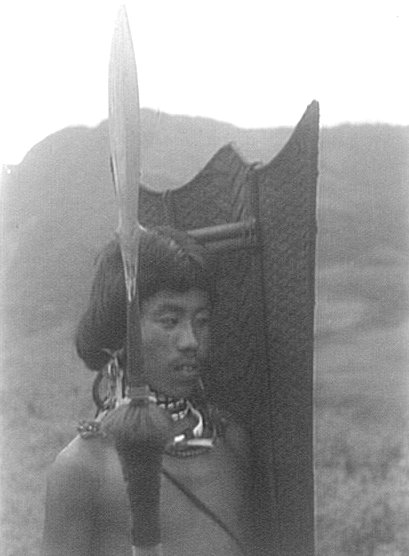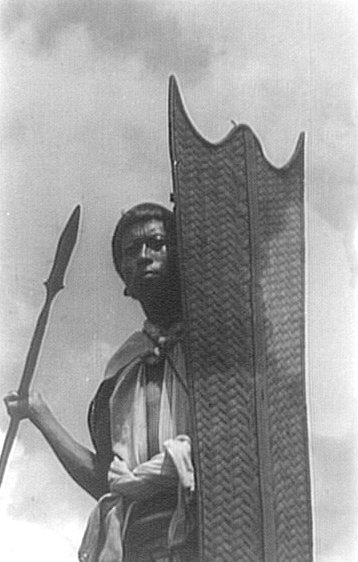Ursula Violet Graham Bower, The Naga Queen
Ursula Violet Graham Bower – Betts MBE (15 May 1914 – 12 November 1988), was one of the pioneer anthropologist in the Naga Hills between 1937–1946.
She was Born in 1914 in England, to Commander John Graham Bower of the Royal Navy (1886–1940), Ursula Bower was educated at Roedean School. She studied Archaeology in Oxford but a shortage of family funds prevented her from finishing her course. On her father’s remarriage in 1932, Bower became the stepdaughter of a writer for Children’s books named Barbara Todd the creator of the fictional scarecrow Worzel Gummide. That same year, she travelled to Canada.
It was In 1937 that She first visited India and more specifically the Naga Hills and Manipur at the invitation of Alexa Macdonald, whom she had met while on holiday on Skye and who was staying with her brother who worked in the Indian Civil Service in Imphal. It was a trip where her step mother had hoped she would meet a nice husband. Instead, she fell in love with the Naga Hills and their tribes. Bower returned alone to India in 1939 “to potter about with a few cameras and do a bit of medical work, maybe write a book”. She spent some years as an anthropologist among the Naga people of the Naga hills. There, She took more than a thousand photographs documenting the lives of local people which were later used in a comparative study.
She was in London when world war two broke out, but was planning to return to the Naga Hills. When the opportunity arose, she gained permission from the British administration to live among the Naga people in Laisong village, in what was then known as North Cachar. Here she won the friendship and confidence of the local village leader, so that when the Japanese armies invaded Burma in 1942 and threatened to move on into India, the British administration asked her to form her local Nagas into a band of scouts to comb the jungle for the Japanese.
When Bower communicated her intent to the Nagas, the men folk asked to leave the group for a while. Thoughts of abandonment formed in Bower’s mind. It turned out that the men were preparing to follow Bower and was telling their families what to do in case they will die defending their homeland.

Naga Warrior (picture taken by Bower 1939-46)
Bower mobilized the Nagas against the Japanese forces, placing herself as their head, initially leading 150 Nagas armed only with ancient muzzle-loading guns and spears across some 800 square miles (2,100 km2) of mountainous jungle. General Slim recognized the work she was doing and supported her with arms and reinforcements, giving her own unit within V Force, nicknamed ‘Bower Force’. Bower’s force of Nagas became so effective that the Japanese put a price on her head.

Naga Warrior with spear (picture taken by Bower 1939-46)
Her personal weapon of choice was the Sten Gun, two of which she wore out in action. Trained as a child by her father to shoot, she had no qualms about handling firearms and training her Naga scouts in their use. By her orders, guards were posted on main and secondary trails, and a watch-and-warn system was established. Over these trails thousands of evacuees, deserters, escaped prisoners and bailed-out airmen fled from Burma to India. Bower also directed Naga ambushes of Japanese search parties.
Although Bower never received any formal training in anthropology, her photographs, film and two monographs on the Nagas and the Apatani people established her as a leading anthropologist, alongside her friends J.P. Mills, Bill Archer and Christoph von Furer-Haimendorf. In 1944 she received the Lawrence Memorial Medal, named for Lawrence of Arabia, f or her anthropological work among the Nagas and on April 24, 1945 she was appointed Member of the Order of the British Empire (MBE) for her actions in Burma.
She met Lt. Col Frederick Nicholson Betts when he was serving with V force in Burma during the second waorld war and married him in July 1945. Betts, known as Tim, was appointed Political Officer in the remote and volatile Subansiri region towards Tibet, and they worked together to establish good relations and pacify the constantly battling Dafla and Apa Tani tribes, until Indian Independence demanded their removal. After returning with Tim to Britain in 1948, they grew coffee in Kenya. Leaving Kenya due to the danger of local unrest, they relocated to the Isle of Mull, where they brought up their two daughters, Catriona and Alison Betts, both of whom were educated at Roedean, like their mother, before attending university. In 1950 she received a postgraduate diploma in anthropology from the University of London.
After her marriage she was known as U. V. G. Betts. Her papers are held by the Centre of South Asian Studies at the University of Cambridge.
She was the subject of an American comic book entitled Jungle Queen and two BBC Radio 4 programs, The Naga Queen, produced by Chris Eldon Lee and narrated by John Horsley Denton, and The Butterfly Hunt, a play by Matthew Solon were based on the life of Ursula Betts and her husband F. N. Betts.





